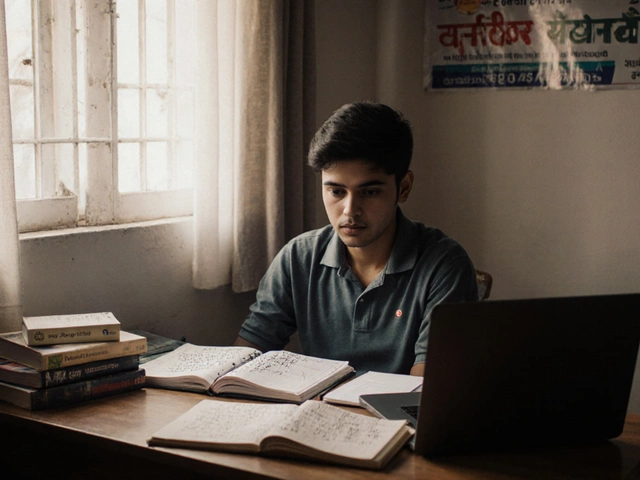Teacher Training: What It Really Takes to Teach in India Today
When we talk about teacher training, the structured process that prepares individuals to become effective educators in schools and colleges. Also known as educator development, it’s not just about passing an exam or getting a B.Ed. degree—it’s about learning how to hold a classroom, adapt to different learners, and keep up with India’s shifting education policies. Many think teacher training ends when you finish your degree, but the truth? The real training starts the moment you step into a school.
India’s education system now demands more than theory. The National Education Policy 2020 pushed for continuous professional development, meaning teachers need to keep learning even after they’re hired. That’s why teaching certification, official recognition that a teacher meets minimum standards for pedagogy and subject knowledge is no longer optional—it’s expected. Whether it’s CTET, TET, or state-level exams, these certifications are gateways, not finish lines. And they’re not just about memorizing child psychology or curriculum design. They test whether you can explain fractions to a kid who’s never seen a ruler, or help a student with dyslexia feel seen in a 60-student classroom.
What gets overlooked is how classroom skills, the practical abilities teachers use daily—like managing behavior, using tech, or simplifying complex topics are rarely taught in colleges. Most teacher training programs focus on textbooks, not real-life chaos. You won’t learn how to handle a power cut during a video lesson, or how to motivate a student who’s working three jobs after school. That’s why so many new teachers burn out fast. The best ones learn on the job—by watching veteran teachers, joining peer groups, or using free online tools like NCERT’s teacher portals or DIKSHA.
And let’s not forget the money. Teacher training doesn’t always lead to high pay. In government schools, salaries start low and climb slowly. In private schools, pay varies wildly—from barely above minimum wage to competitive packages in elite institutions. But here’s the thing: the most respected teachers aren’t the ones with the highest salaries. They’re the ones who show up every day, adapt their lessons, and actually listen to their students.
What you’ll find in this collection isn’t a list of courses or exam tips. It’s real stories and hard truths from people who’ve been in the trenches. You’ll see how teacher training connects to things like vocational education, online learning, and even government job hiring. Some posts talk about how teachers are adapting to new tech. Others show why some subjects are harder to teach than others. There’s no fluff here—just what works, what doesn’t, and what’s changing fast in Indian classrooms.
- By Nolan Blackburn
- /
- 21 Oct 2025
What Is a Teacher in Training? Definition, Pathways & Tips
Learn what a teacher in training is, explore the main pathways, key components, challenges, and tips to succeed on the road to certification.





